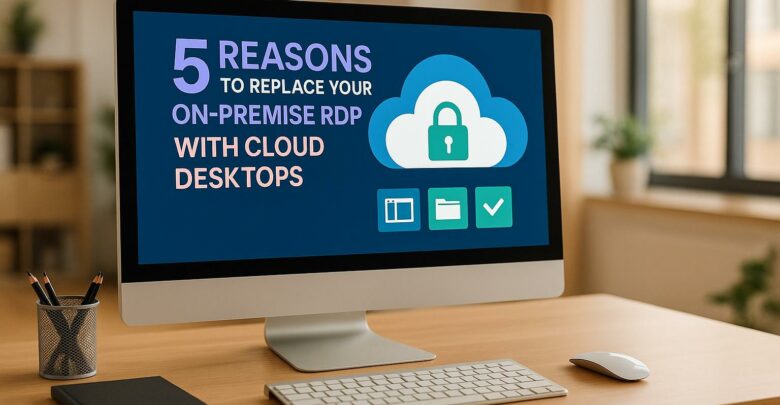
Switching from on-premise RDP to cloud desktops enhances security, reduces costs, and simplifies IT management for modern businesses.
Explore Windows 10/11 virtual desktops
Real-World Applications of flexidesktop
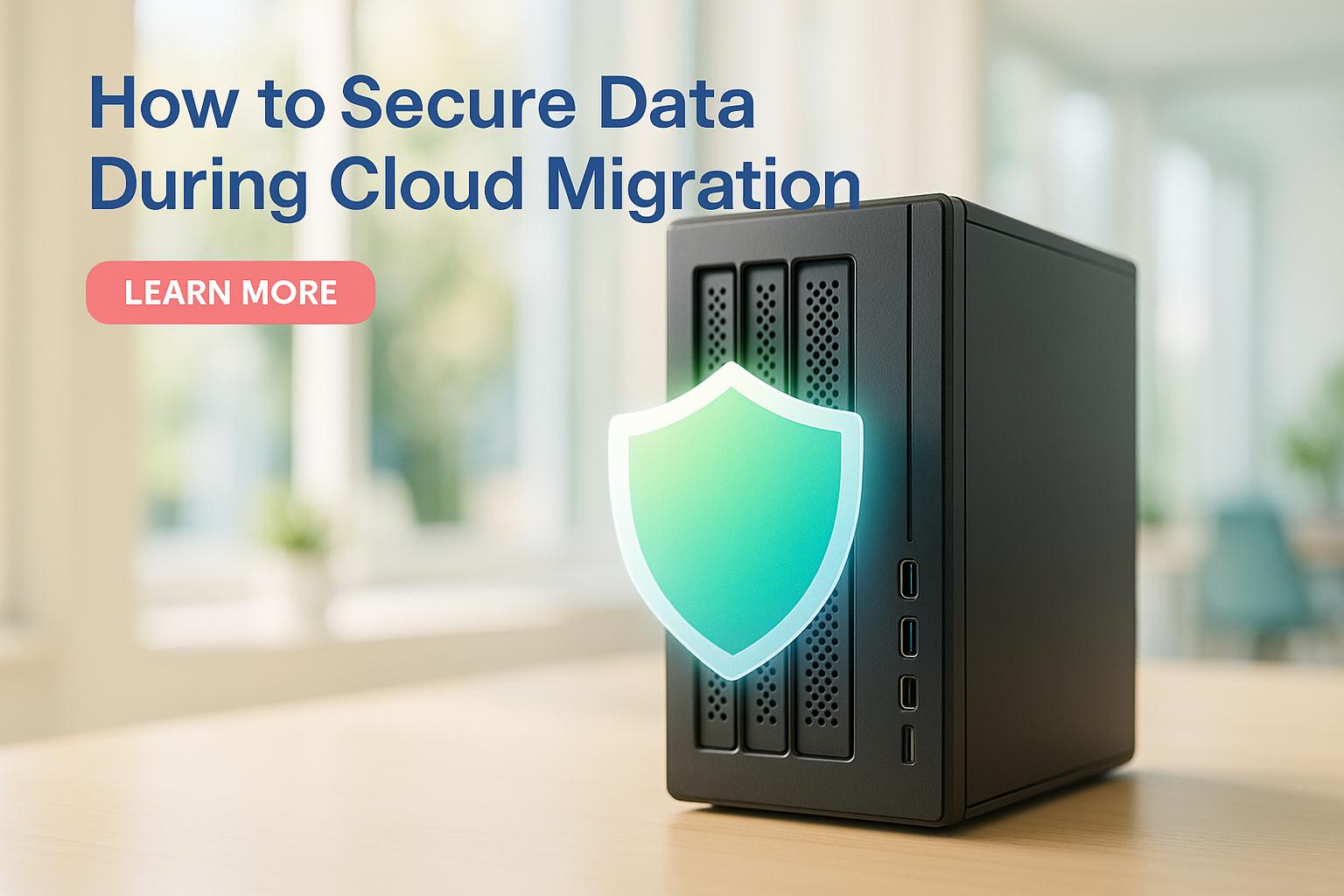
Did you know data breaches cost companies an average of $4.5 million per incident? Moving to the cloud can expose your sensitive data to risks like misconfigurations, weak encryption, and unauthorized access. But here’s the good news: these risks are avoidable with the right steps.
Key Steps to Secure Your Data During Cloud Migration:
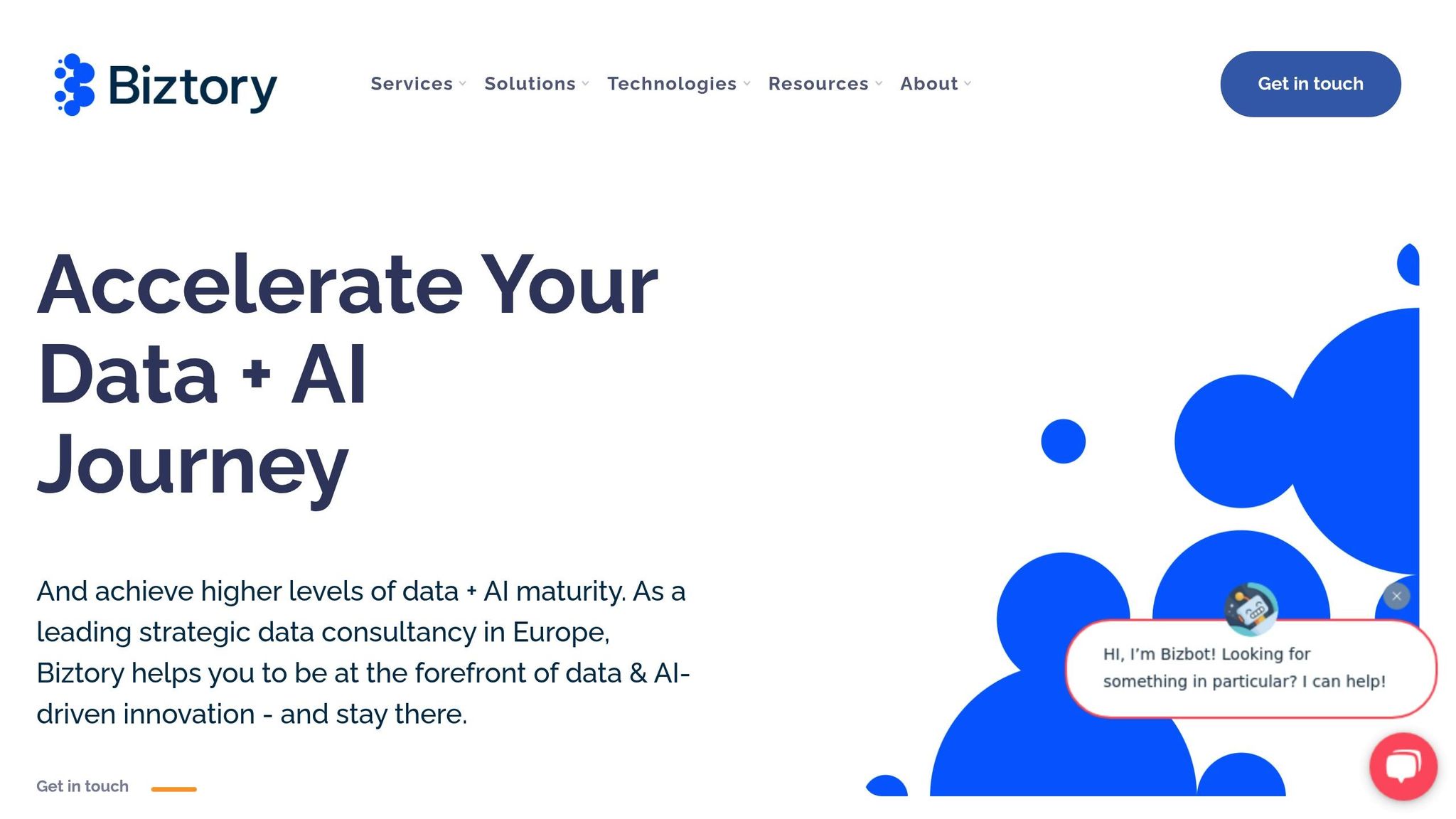
Before starting your migration, it’s crucial to conduct a thorough security review. Think of this as your blueprint – it helps you identify vulnerabilities, plan protective measures, and avoid potential pitfalls.
This process has three key components that together form the backbone of your security plan. Start by classifying your data to determine which assets need the most protection.
Data classification is your first defense. This step involves organizing your data based on its sensitivity, importance, and any regulatory requirements [4]. It helps you focus your security efforts where they matter most.
"Data classification helps you identify high-value data in your enterprise by categorizing it into an agreed set of specific and meaningful categories." – Concentric AI [6]
Start with a comprehensive data risk assessment. This means figuring out what kinds of data you have, where it’s stored, who has access, and what current safeguards exist [4]. This gives you a clearer picture of your starting point.
Since 90% of an organization’s data is unstructured [5], creating a detailed inventory is essential. Document data types, storage locations, access permissions, and ownership [4]. This inventory will serve as your go-to reference throughout the migration.
Most organizations rely on four standard classification levels for consistency [4]:
| Classification Level | Description | Protection Requirements |
|---|---|---|
| Public | Information that can be shared openly | Basic access controls |
| Internal | For internal use only | Standard encryption and access logs |
| Confidential | Sensitive business data | Strong encryption and restricted access |
| Restricted | Highly sensitive data | Advanced encryption, multi-factor authentication (MFA), and audit trails |
Set clear policies for data classification – define who is responsible, how decisions are made, and how often classifications are reviewed [4]. Training employees on these policies ensures consistency. Automated tools can speed up the process, but some data may require manual review for accuracy.
ISO 27005 outlines a five-step risk management process [7]. Start by defining your context: gather stakeholders and clarify your risk management goals. Address key questions about your business objectives, compliance needs, and risk tolerance [7].
Next, identify risks using two approaches: event-based and asset-based. The event-based approach looks at your overall threat landscape, while the asset-based approach dives into specific systems and data tied to the migration.
Once you’ve identified risks, analyze and evaluate them. Pinpoint which systems, services, and data are most vulnerable and assess the severity of those risks [7]. Compare these findings against your risk tolerance criteria.
Here’s a comparison of common risk assessment frameworks:
| Framework | Best For | Key Strength | Potential Limitation |
|---|---|---|---|
| ISO 27005 | Organizations with ISO 27001 systems | Flexible, repeatable process | No specific certification available |
| NIST 800-53 | Detailed vulnerability analysis | Comprehensive guidance integrated with NIST RMF | May feel too detailed for non-federal organizations |
| OCTAVE | Organizational risk overview | Balances technical and business risks | Requires specialized training |
Document your findings thoroughly. This record is crucial for audits and helps track your progress in mitigating risks.
Once you’ve assessed risks, align your plan with relevant regulations. Compliance doesn’t begin after migration – it starts before you move even a single workload [9].
List all regulations that apply to your migration strategy [9]. With 144 countries enforcing data security laws [8], staying compliant can be tricky.
Some key regulations to consider include:
Tailor your migration plan to your industry’s specific compliance needs [9]. For instance, financial services must meet SOX requirements, healthcare organizations must comply with HIPAA, and government agencies face additional federal mandates.
Data residency is another critical factor. Ask your cloud provider where your data will be stored and whether you can control its location. Select regions that align with your legal obligations, and ensure your provider holds the necessary certifications.
The 2019 Capital One breach is a cautionary tale. During their AWS migration, a misconfigured cloud firewall allowed a former employee to access over 100 million customer records, including names, credit scores, and social security numbers. The fallout? Regulatory fines, a $190 million settlement, and significant damage to their reputation [9].
Document every step of your migration process to remain audit-ready [9]. Create a compliance checklist that maps each regulation to specific technical controls and monitoring procedures. This proactive approach builds compliance into your migration from the ground up, ensuring security at every stage.
Once you’ve conducted a thorough pre-migration review, the next priority is securing your data while it’s in transit. This is where encryption comes into play. By converting sensitive information into unreadable code, encryption ensures that even if data is intercepted, it remains useless to unauthorized parties. Considering that 87% of cyberattacks now exploit encrypted channels, as highlighted by Zscaler research [11], adopting strong encryption methods is non-negotiable during migration.
Take the 2018 Equifax breach as a cautionary tale. This incident exposed the personal data of over 148 million individuals. Why? An expired site certificate allowed encrypted traffic to go unchecked for 10 months, enabling attackers to siphon off data unnoticed [11]. If the data had been encrypted before uploading, the attackers would have been left with indecipherable ciphertext [11].
Choosing the right encryption protocols is essential to secure your data during transfer. Two major options stand out: TLS 1.3 and IPsec VPNs, each suited to different use cases.
For application-level data transfers, like API calls or web-based communications, TLS 1.3 is your go-to. On the other hand, IPsec is better for creating secure tunnels for large-scale data migrations or network-level security.
Encryption is only as strong as the management of its keys. Without proper key protection, encryption becomes ineffective. A survey reveals that 59% of IT professionals face challenges with key management, and 52% use at least five different key management solutions across various environments [12].
Key management involves every stage of a key’s lifecycle: creation, use, storage, rotation, and eventual destruction [14]. To ensure security:
Avoid common pitfalls like hardcoding keys into source code or configuration files [12]. Destroy redundant key copies and seed values immediately [13]. Employ automated, secure protocols like TLS for key delivery to minimize risks [13].
Regularly rotate keys to limit exposure if compromised, and monitor their usage to detect anomalies. Implement automated systems to revoke compromised keys across your organization swiftly [13].
When it comes to encryption algorithms, AES-256 and RSA-2048 are two widely trusted standards, each with unique strengths.
| Feature | AES-256 | RSA-2048 |
|---|---|---|
| Type | Symmetric-key encryption | Asymmetric-key encryption |
| Security Level | Approximately 256 bits | Approximately 112 bits |
| Speed | Extremely fast (about 100× faster than RSA) | Significantly slower |
| Best Use Case | Bulk data encryption | Key exchange and digital signatures |
| Key Management | Requires secure key sharing | Public key can be shared openly |
AES (Advanced Encryption Standard) uses a single key for both encryption and decryption, making it highly efficient for encrypting large volumes of data [15]. It’s also incredibly fast – up to 100 times faster than RSA-2048 on comparable hardware [17].
RSA, with its public-private key system, excels at secure key exchanges rather than bulk encryption. It’s a slower algorithm but offers robust security for protecting the keys used to encrypt your data [15].
Most modern systems combine the strengths of both. RSA is used to securely exchange AES keys, while AES handles the heavy lifting of encrypting large datasets [15][16][17].
When selecting algorithms for your migration, tailor your choice to your needs. For highly sensitive data, prioritize security over speed. If performance is critical, opt for faster algorithms while maintaining a baseline level of security. Balancing these factors ensures your data stays protected without compromising efficiency.
Once your data is encrypted in transit, the next priority is managing who gets access to your cloud resources. Identity and Access Management (IAM) plays a central role in ensuring that only authorized individuals can interact with sensitive data, both during and after migration. This step is critical to maintaining data integrity throughout the process. A lack of proper access controls can lead to serious breaches, as seen in the Capital One incident, where unauthorized access to an AWS S3 bucket exposed sensitive information.
IAM serves as a vital layer of defense. The growing importance of access management is evident, with the Role-based Access Control (RBAC) market projected to exceed $15 billion by 2027 [18]. Implementing IAM effectively, especially with RBAC, can significantly lower the risk of security issues.
RBAC organizes access permissions by roles rather than individual users, creating a clear and manageable structure for access control. Roles such as "Administrator", "Developer", or "Viewer" can be defined, with permissions tailored to each role. This approach enforces the principle of least privilege, ensuring users only access what they need to perform their tasks.
For example, AWS IAM enables you to create specific roles that align with organizational responsibilities. When setting up RBAC, focus on these key steps:
Regular audits are essential to ensure that roles and permissions stay aligned with your organization’s evolving needs.
In addition to role-based controls, strengthen your security with Multi-Factor Authentication (MFA). MFA requires users to verify their identity through at least two factors – something they know (like a password), something they have (such as a one-time code from a smartphone), or something they are (like biometrics). According to Microsoft’s 2023 Digital Defense Report, enabling MFA can reduce the risk of account compromise by an impressive 99.2% [20].
While SMS-based MFA is common, it’s more vulnerable to attacks. Opt for stronger methods like biometrics, FIDO2 security keys, or magic links. Adaptive MFA, which adjusts security requirements based on user behavior or location, can provide a balance between security and convenience. To ensure smooth adoption, establish clear registration and recovery processes, and make MFA mandatory for all users. As Charlie Bell, Microsoft’s EVP of Security, puts it, "Security above all else" [20].
Effective IAM isn’t a one-time setup – it requires constant monitoring and updates to adapt to your organization’s changes. Use monitoring tools that provide real-time alerts for suspicious activities, helping you detect potential threats early. Adopting a zero-trust model, where every user and device is verified before access is granted, can further enhance security.
To maintain accuracy and compliance, conduct regular audits and use automated tools to manage configurations. Update permissions and settings as new services are introduced or organizational needs change. Monitoring data should be reviewed periodically to refine alerts and focus on the most critical risks.
Additionally, consider switching from user-based accounts to workload identities. This approach simplifies management and reduces administrative overhead. Conduct regular incident response drills to test your team’s readiness for potential breaches. These exercises can highlight weaknesses in your access controls and improve your incident response plan, ensuring your organization is prepared to act swiftly and effectively in real-world scenarios.
The migration process may be complete, but the real work of maintaining security begins afterward. Post-migration monitoring is critical to ensure your data has been safely transferred, remains protected, and functions properly in its new environment. Without careful oversight, you risk facing data corruption, security gaps, or unauthorized access that could undermine your entire migration effort.
As Maine Basan, a contributor at eSecurity Planet, points out:
"Post-migration security requires enhancing cloud resources for increased security, regularly monitoring performance, and verifying compliance with the applicable regulations."
The first step is to confirm that your data has arrived intact and unaltered.
Once your data has been migrated, the top priority is verifying its integrity. This process ensures that all information was transferred correctly, without corruption, loss, or unauthorized changes. As Bailey (2014) explains:
"Fixity, in the preservation sense, means the assurance that a digital file has remained unchanged, i.e. fixed." [23]
To confirm this, run checksum verifications. These checks compare digital fingerprints to confirm that the data remains unaltered during transfer. Most cloud platforms come with built-in tools for this, but third-party solutions can provide additional layers of validation.
Using point-in-time recovery and versioning systems is another essential safeguard [22]. These tools allow you to restore your data to previous states if issues arise. During the first few weeks post-migration – when problems are most likely to occur – set up automated snapshots to capture regular backups.
Regular integrity checks are also necessary to catch delayed issues like database corruption or storage failures [22]. For live databases, tools that provide real-time sync and rollback capabilities can help maintain consistency by addressing discrepancies as they arise.
Once you’re confident in your data’s integrity, the next step is to test your security measures in the new environment.
After confirming data integrity, it’s important to identify and address any new vulnerabilities introduced during migration. Post-migration security testing ensures your defenses are functioning properly in the cloud [26].
Establish a routine for ongoing security assessments, including vulnerability scans, penetration tests, and red team exercises [24]. As your cloud environment evolves, these evaluations will help ensure your security measures keep pace with new challenges.
Continuous monitoring is essential for spotting potential threats. By focusing on access patterns, you can detect early signs of breaches or unauthorized activity. User and Entity Behavior Analytics (UEBA) tools are particularly useful, as they learn typical user behaviors and flag deviations that could indicate compromised accounts or insider threats [24].
Use real-time monitoring tools to stay on top of your cloud environment [24]. These systems can alert you to suspicious activities or breaches, allowing for a swift response. Incorporating threat intelligence feeds into your tools can also help you adapt to new attack methods and refine your detection strategies.
Finally, establish baseline user behavior by consistently tracking and documenting activities [25]. This historical data can help you quickly identify unusual actions, enabling you to address security issues before they escalate.
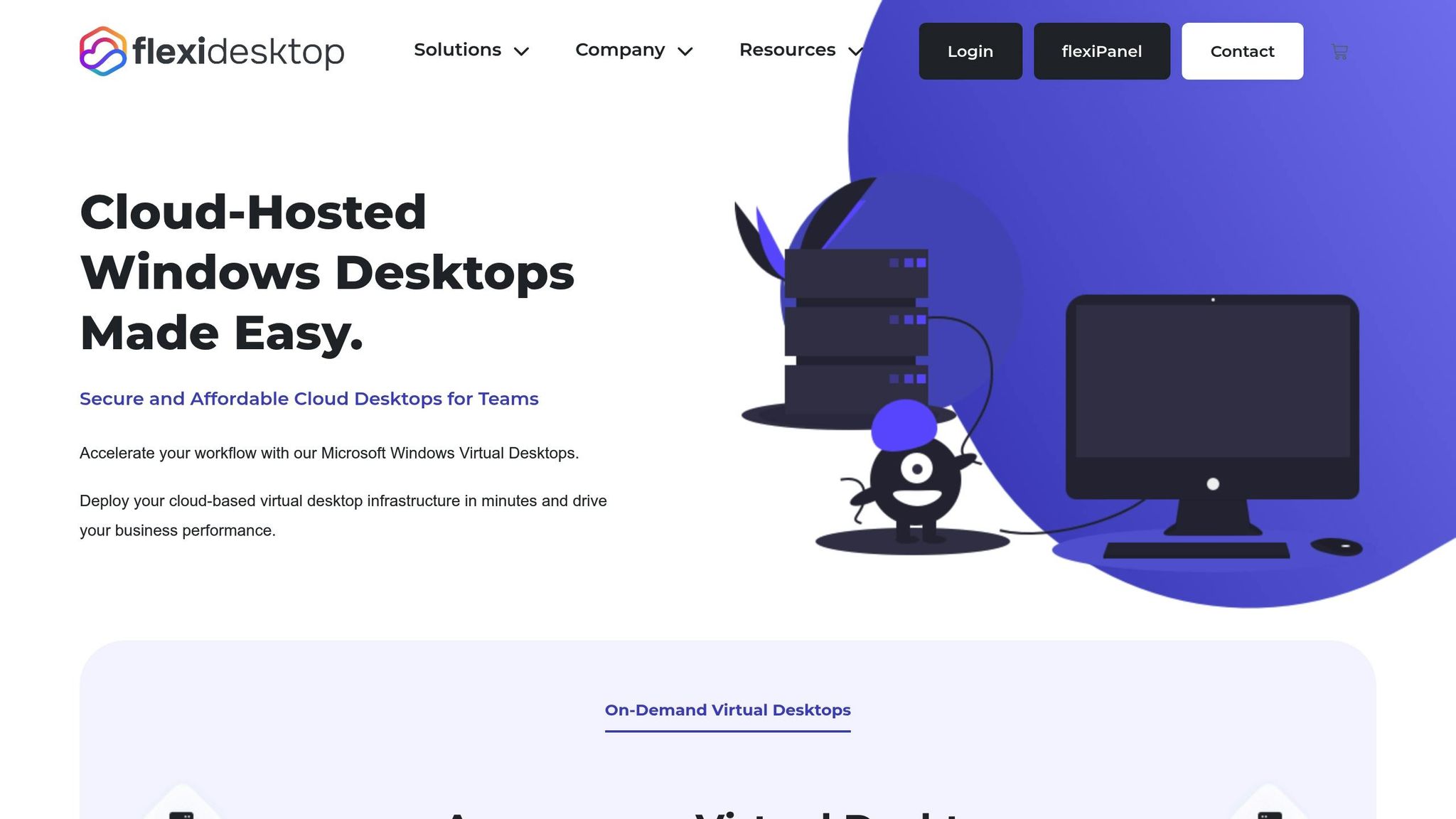
Once your core security measures are in place, it’s time to take advantage of flexidesktop’s built-in tools to strengthen your cloud migration. While your own protocols are essential, selecting a platform with strong, integrated protections can add extra layers of security. flexidesktop provides enterprise-level features designed to protect your data during and after migration. These built-in safeguards work hand-in-hand with your existing measures, simplifying your security strategy while ensuring your data stays secure at every step.
Network isolation is a powerful way to protect sensitive information during cloud migration. flexidesktop’s isolated private network configurations allow you to divide your network into secure subnets. This segmentation not only limits the spread of potential breaches but also reduces network traffic congestion and helps ensure compliance with data protection regulations.
To make the most of this feature, carefully plan your network structure. Start by identifying your network resources and categorizing them based on their roles and sensitivity. Apply the least privilege principle when setting up access policies to minimize unnecessary exposure. Regularly monitor your network, conduct audits, and perform penetration tests to spot and address vulnerabilities promptly [27]. Additionally, ensure your data remains accessible by implementing automated backups.
Data loss during migration can have serious consequences, which is why reliable backups are a must. flexidesktop simplifies this with daily automated backups included in all plans except XS. Here’s a breakdown of backup retention periods by plan:
| Plan | Monthly Price | Backup Retention |
|---|---|---|
| Team S | $49 | 14 days |
| Team M | $89 | 30 days |
| Team L | $169 | 60 days |
| Team XL | $299 | 90 days |
These backups operate independently of your migration activities, ensuring your data is always up to date and recoverable. With daily backups, you minimize the risk of losing more than 24 hours of work, reducing the impact of data corruption or system failures. This ensures peace of mind not only during the migration process but also in the long term. However, maintaining high performance while securing your data is equally important.
Protecting sensitive data during a cloud migration requires meticulous planning, strong technical measures, and ongoing attention. Data breaches in the United States have surged nearly threefold between 2020 and 2023, with the average cost of a breach now surpassing $4.5 million [1][2]. As Gartner forecasts that 75% of businesses will undergo a digital transformation reliant on cloud computing by 2026 [3], securing the migration process is more critical than ever.
The foundation of a secure migration lies in thorough preparation. This includes classifying sensitive data, enforcing encryption protocols, and implementing robust identity and access management (IAM) strategies. Encryption, in particular, plays a pivotal role in safeguarding data. Whether using AES-256 or advanced GPU-accelerated methods, encrypting data both at rest and in transit ensures that intercepted information remains unreadable to unauthorized parties. This is especially important given that over 87% of attacks now occur over encrypted channels [11].
IAM protocols further enhance security by limiting access to critical data. Using role-based access control, multi-factor authentication, and adhering to the principle of least privilege ensures that only authorized individuals can interact with sensitive resources during and after the migration. This is vital, as identity-based attacks continue to be a leading cause of data breaches [19].
The final step in securing a migration involves post-migration validation. This process confirms data integrity, ensures compliance with regulations, and identifies potential vulnerabilities in the new cloud environment. Regular integrity checks and security tests are essential for maintaining long-term protection and meeting regulatory standards [29].
Solutions like flexidesktop integrate seamlessly with your security measures, offering features such as isolated private networks, daily backups, and GPU-accelerated encryption. These tools provide an additional layer of security while enabling scalable cloud adoption.
With the majority of businesses moving to the cloud [3], prioritizing migration security is essential. By adhering to these principles and utilizing purpose-built tools, you can safeguard your sensitive data throughout the migration process while preparing your organization for secure and scalable growth.
TLS 1.3 vs. IPsec: What’s the Difference?
Both TLS 1.3 and IPsec play critical roles in securing data, but they’re designed for different tasks.
TLS 1.3 works at the transport layer, making it perfect for securing web-based communications – think of the connection between your browser and a website. It’s faster and more secure than its predecessors, thanks to improvements like simplified handshakes and stronger encryption methods.
IPsec, on the other hand, operates at the network layer. It encrypts and authenticates IP packets, ensuring secure communication between two endpoints. This makes it a go-to choice for Virtual Private Networks (VPNs) and protecting internal networks.
When migrating to the cloud, the right choice depends on your specific needs. Use TLS 1.3 to secure web applications, while IPsec is better suited for network-level security or VPN connections.
To keep your data secure during cloud migration, managing encryption keys properly is a must. Start by developing a detailed key management plan that outlines who is responsible for generating, storing, and rotating keys. Incorporating automation tools into this process can reduce human error and tighten security measures.
Using a centralized key management system (KMS) that works smoothly with your cloud services is another smart move. This approach gives you better oversight of your encryption keys, ensures compliance with regulations, and helps address risks like data sovereignty concerns or external threats. Always retain control of your keys and carefully assess your cloud provider’s encryption features to protect sensitive information.
Ensuring Compliance During Cloud Migration
When moving to the cloud, adhering to regulations like GDPR and HIPAA is crucial. Start by thoroughly evaluating your data and pinpointing the compliance requirements specific to your organization. This allows you to implement necessary safeguards, such as encryption, access controls, and secure data transfer methods, to protect sensitive information effectively.
Building a robust data governance framework is another vital step. Assign clear roles for data access, conduct regular audits, and train employees on compliance protocols to ensure everyone understands their responsibilities. Once the migration is complete, continuous monitoring of your cloud environment is key. This helps identify and address potential compliance issues or security threats as they arise.
If you’re looking for tools to refine your cloud migration process, consider services like flexidesktop. They provide secure, cloud-hosted virtual desktops with features like data backups, VPN access, and customizable options designed to meet industry compliance standards. These solutions are particularly well-suited for regulated sectors such as healthcare and finance.

Switching from on-premise RDP to cloud desktops enhances security, reduces costs, and simplifies IT management for modern businesses.
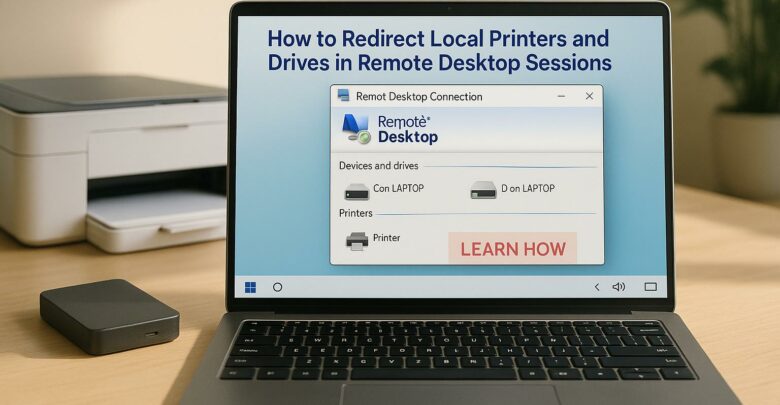
Learn how to effectively redirect local printers and drives during Remote Desktop sessions for enhanced productivity and seamless remote work.
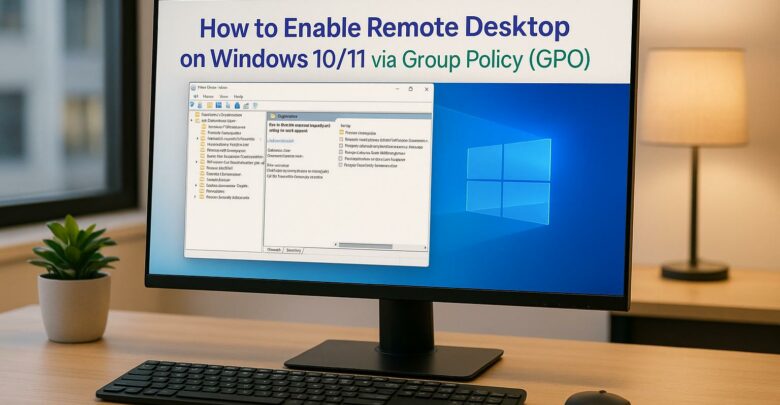
Learn how to centrally enable Remote Desktop on Windows 10/11 using Group Policy for efficient management and enhanced security.
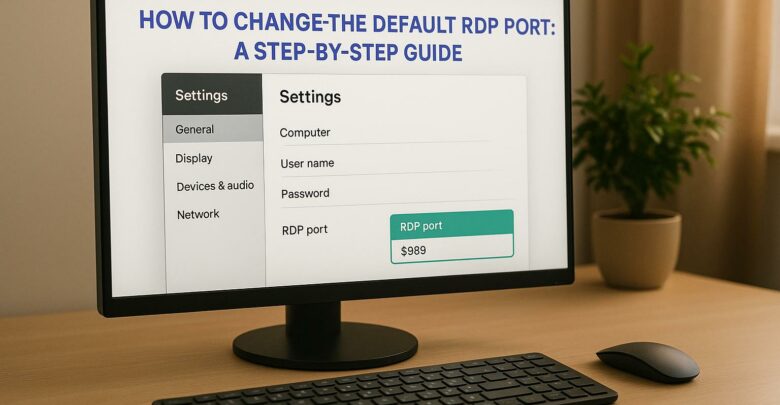
Learn how to change the default RDP port to enhance security and reduce exposure to attacks. Understand the limitations and necessary precautions.

Learn how to enable multiple user sessions on a single device using a managed solution that simulates a Windows 11 experience.

Explore how GPU-accelerated virtual desktops are revolutionizing architecture firms by enhancing collaboration, reducing costs, and improving rendering efficiency.
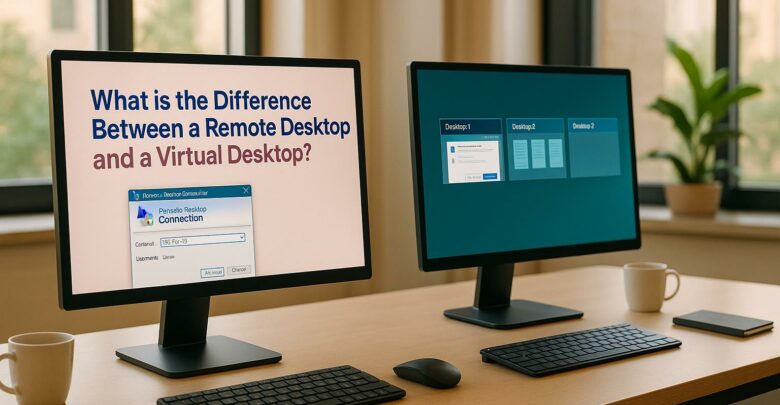
Explore the differences between remote desktops and virtual desktops, their pros and cons, and which solution best suits your business needs.
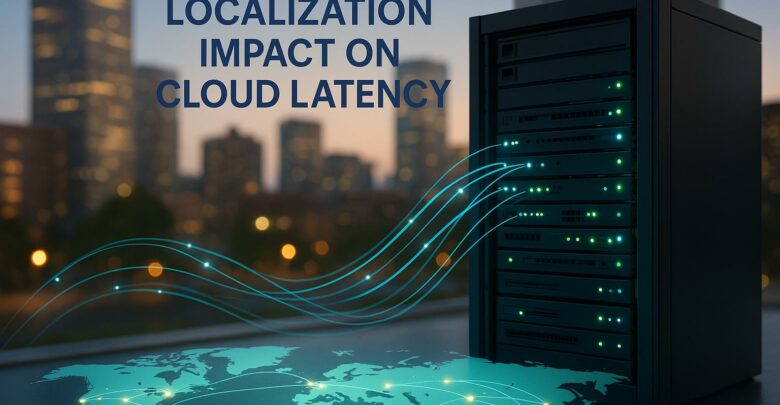
Learn how cloud latency is affected by data center location, compliance laws, and infrastructure, and discover strategies to enhance performance.
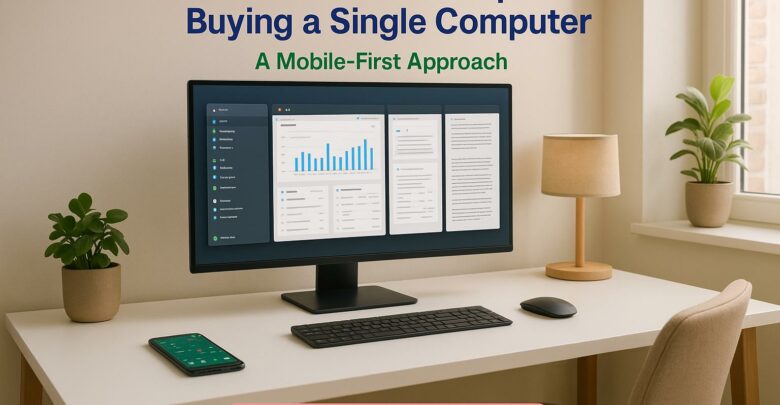
Launch your startup without hefty hardware costs using virtual desktops for flexibility, scalability, and enhanced security.
